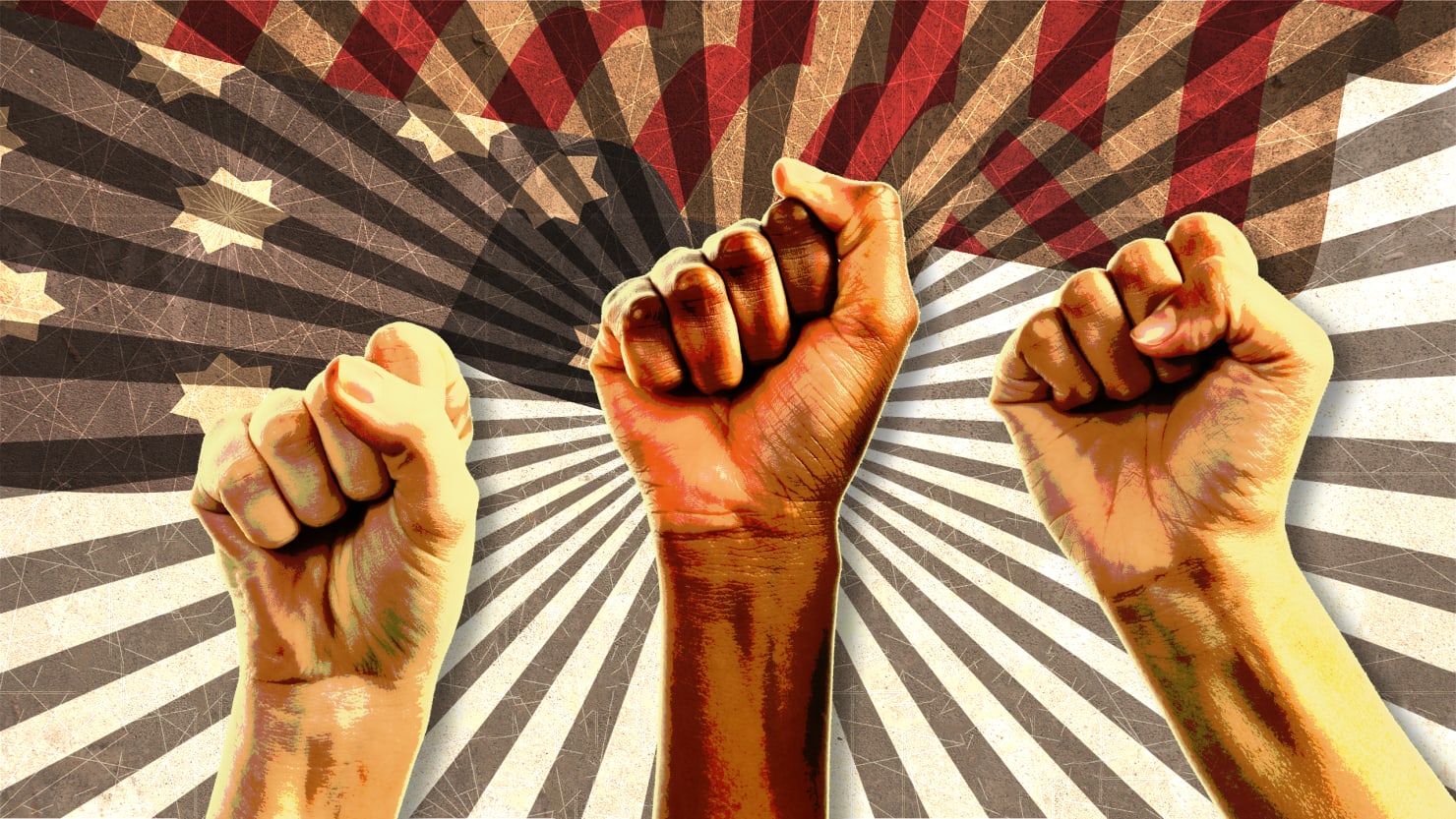JewAsian: race, religion, and identity for America’s Newest Jews [Review]Posted in Articles, Asian Diaspora, Book/Video Reviews, Family/Parenting, Judaism, Media Archive, Religion, Social Science, United States on 2018-11-01 02:37Z by Steven |
JewAsian: race, religion, and identity for America’s Newest Jews [Review]
Ethnic and Racial Studies
Volume 40, 2017 – Issue 13
pages 2380-2382
DOI: 10.1080/01419870.2017.1329544
Hasia R. Diner, Paul And Sylvia Steinberg Professor of American Jewish History
New York University
Helen Kiyong Kim and Noah Samuel Leavitt, JewAsian: Race, Religion, and Identity for America’s Newest Jews (Lincoln: University of Nebraska Press, 2016).
Sociologists Helen Kiyong Kim and Noah Samuel Leavitt, a married couple, he of Jewish background, presumably European, and she of Korean derivation, have, with this slim book, launched an important topic for further research and scholarly inquiry. The two authors explore here, using the conventional methods of sociological study, a trend, presumably new and emblematic of postmodernity. This trend can be accessed by even the most casual readers nearly every Sunday in the wedding announcements in The New York Times‘ Style section. Like JewAsian—obviously a neologism—The Times postings chronicle the not uncommon phenomenon of, for the most part, Jewish men, bearers of identifiable Jewish surnames, marrying women marked by their names and by the accompanying photographs identifiable as Asian, primarily individuals who themselves or their forbears hailed from China, Korea, and Vietnam.
The text of the wedding announcements, besides detailing the usually impressive occupations and educational backgrounds of bride and groom, and those of their parents, fit well with this fascinating book. Nearly all the nuptial notices indicate that a rabbi or cantor will be officiating at the ceremony, indicating that Jews, certainly the non-Orthodox among them who constitute the American majority, have embraced this emerging reality of marriages across lines of race, ethnicity, and religion. So too the fact that the brides in these marriages have chosen to have their unions solemnized by a member of the Jewish clergy, rather than by someone representing Christianity or Buddhism or any other religious tradition associated with Asian and Asian American culture, represents an important contemporary reality which Kim and Leavitt explore in their book.
The wedding announcements, like the much publicized union between FaceBook’s Mark Zuckerberg and Priscilla Chan, sweethearts since their Harvard days and like the data presented in JewAsian, point to the trend by which the non-Jewish, Asian women who marry Jewish men become integrated and absorbed into the fabric of American Jewish life. Kim and Leavitt, who for the most part leave out the details of their personal journey as an Asian and Jewish couple, focusing carefully on the pairs whom they interviewed, do appropriately indicate in the Preface that they met and fell in love while graduate students at the University of Chicago…
Read or purchase the review here.





